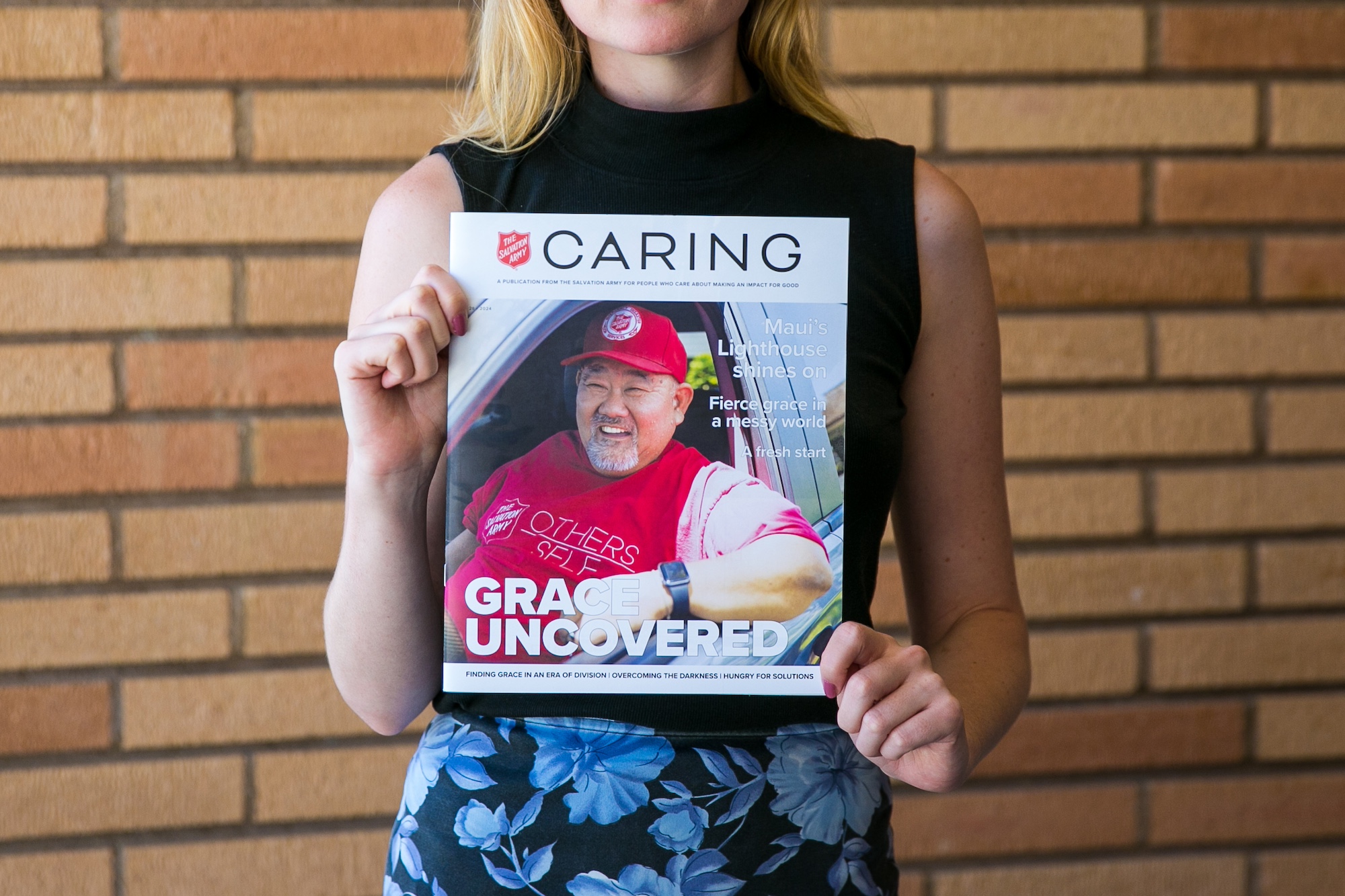(Photo courtesy Western Territorial Museum.)
by Frances Dingman –
An urgent trip by Mrs. Captain Mary Stillwell began the Army’s work in Portland in 1886. While her husband, Captain Henry Stillwell, was in charge in California, word was received that the well-meaning Sergeant Frank Robinson was trying to bring officers from the East to open the Army there..Stillwell was needed where he was. Mary, with two hastily appointed cadets, took her 10-month-old baby and went up to Portland to “help out.”
Cooperative once he heard they were coming, Robinson had secured a barracks and hired a tabernacle for the first two meetings, as the benches for the barracks were not finished. Mary, with Cadets Bernhard and Whittaker, debarked from the steamship Columbia and found “in spite of the rain, God’s blessings came down like a mighty shower the first two nights.” (From the Portland Daily News, October 4, 1887)
“A fragment of The Salvation Army had their first skirmish with Portland sin at the Tabernacle, before a large audience: Captain Stillwell, Cadet Whittaker, and Cadet Bernhard. The gentleman is Sergeant Frank Robinson, who has been among the smoke of Salvation battle for 16 months.
“The services consisted of hymn singing, exhortation, telling experience, and were of the most energetic and fervent nature possible. Sergeant Robinson told how he found himself a penniless drunkard on the streets of Oakland, and through The Salvation Army had found the Lord, and now thanks God for a clean heart and a spirit devoted to his cause.”
The four stormed the town with War Crys, sang in the streets out of them, and in a matter of days 43 souls were saved, including some of the hardest cases in the city.
After four months, Stillwell’s replacement came from England and he could join his wife. Later, he was promoted to Major and put in charge of the new Washington-Oregon District.
Tough times
The Army opened in December in East Portland, and the good people of the town gladly attended meetings. Trouble, though, was coming. Though the city of Portland had tolerated the group, East Portland was something else. Major Andrew Loney recalled, “The most prominent saloon-keeper there used a fire hose to break up a street meeting, badly injuring Stillwell and several others. The rum seller was so pleased that he had a big oil painting made, showing him in the heroic act, and hung it in his window. The figures representing the Salvation-ists were, of course, done in frightful caricature, causing no end of amusement for the barflies.”
Meetings were broken up by thugs, by brass bands, by a skunk loosed from a box. Loney was once hit in the head by a watermelon. Trick ordinances about the meetings were passed by Council, and just as surely violated by Army men and women, who then went to jail. They came back for more, still cheerful, still smiling, still courteous.
Among those who served jail time were the long-remembered “Joe the Turk” Garabed, and Captain Lauritz Martinus Simonsen. Being located behind bars gave the Salvationists the chance to hold meetings and save souls.
The Army found one powerful friend, Attorney George H. Williams, who without charge defended members, bailed them, and fought the vicious ordinances. Yet, not until 1891, when East Portland and Albine merged with West Side city, was organized persecution dropped.
Due in no small part to Williams and to those veteran officers, the group became “respectable” there, and tolerance grew into good will.











